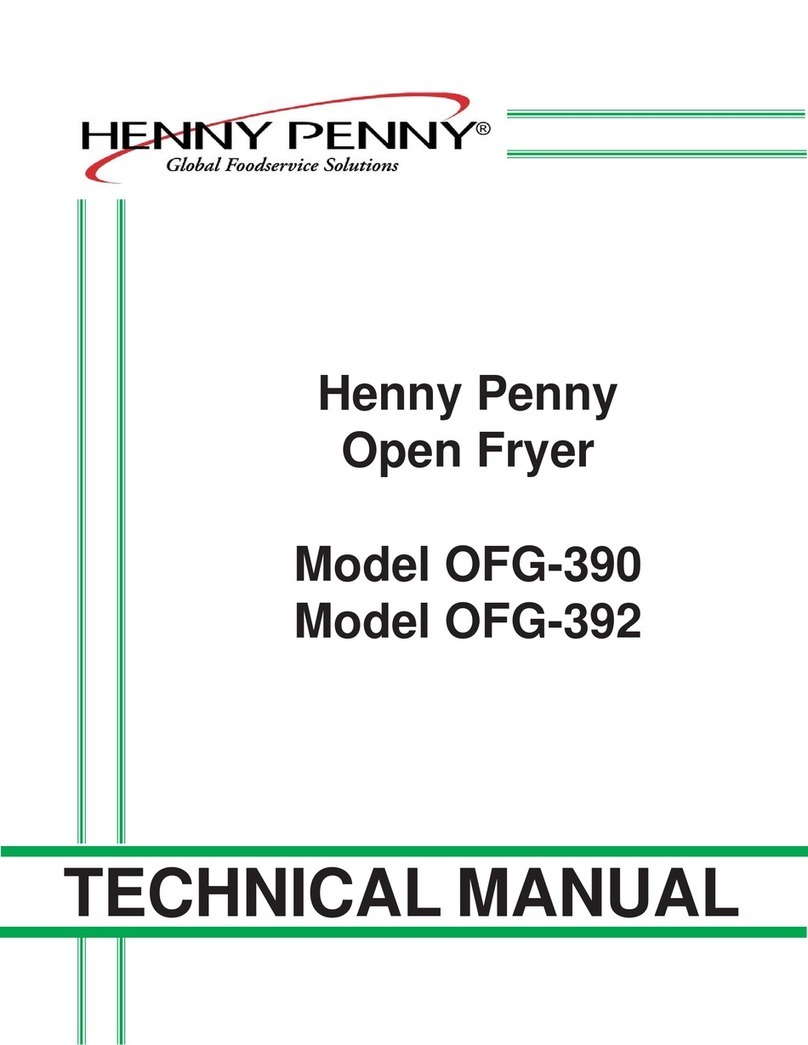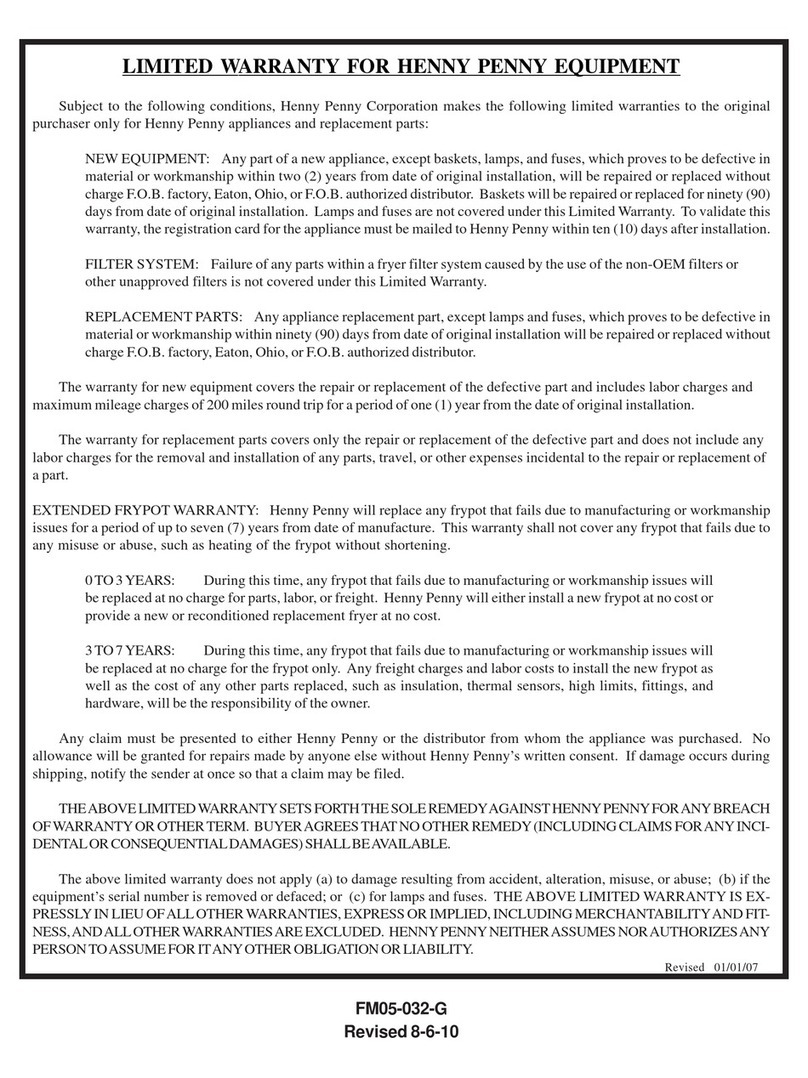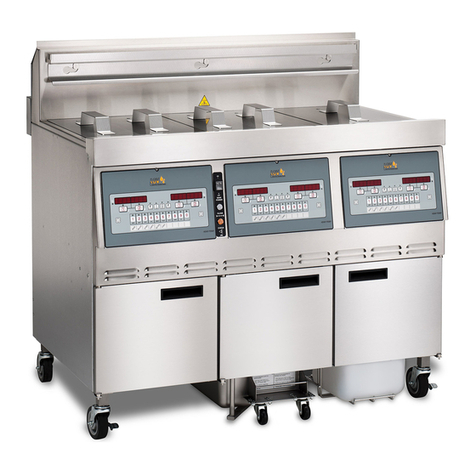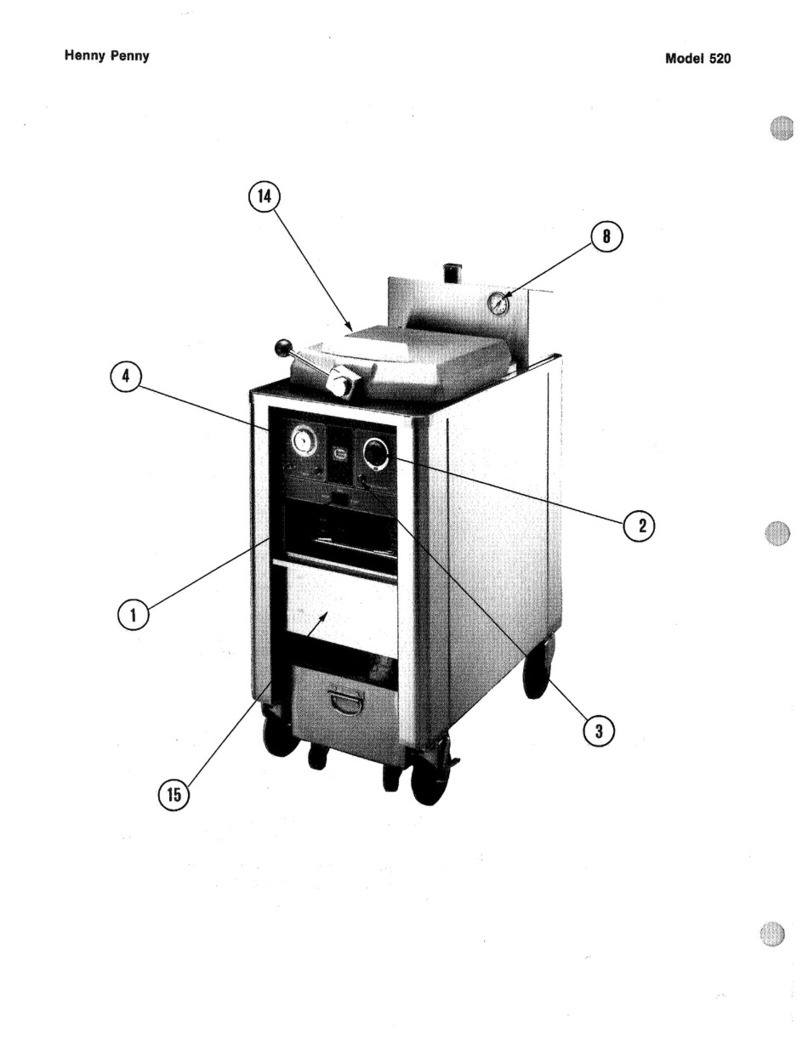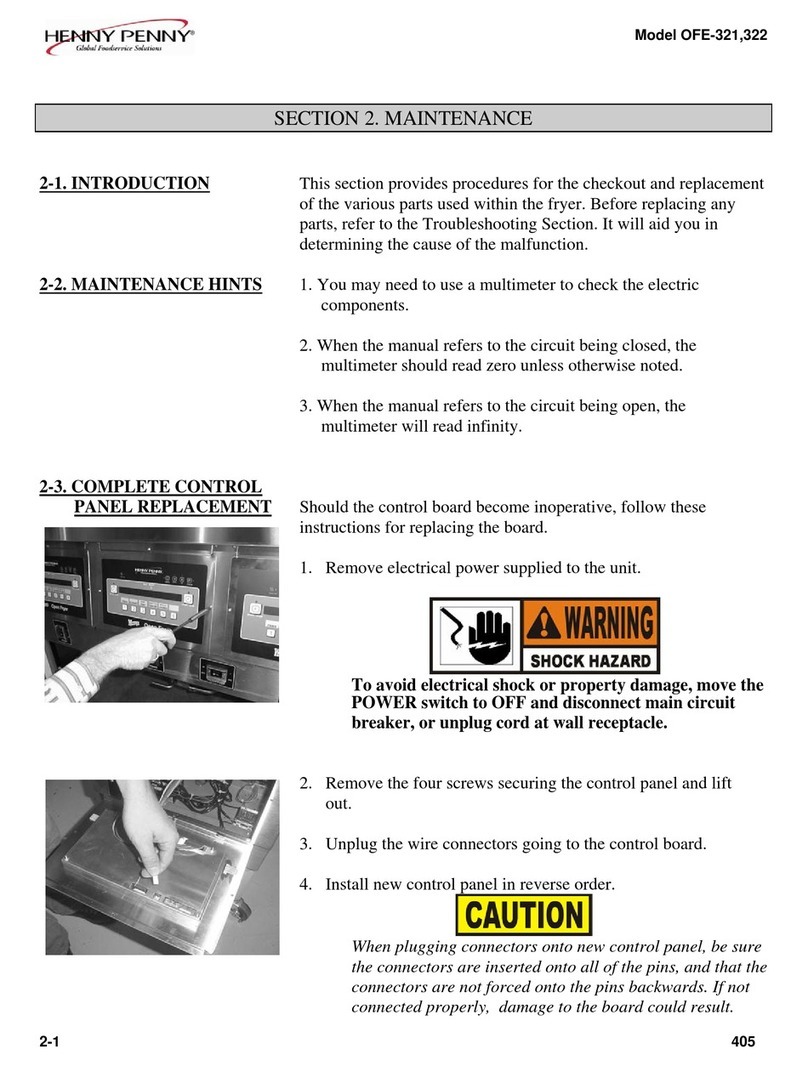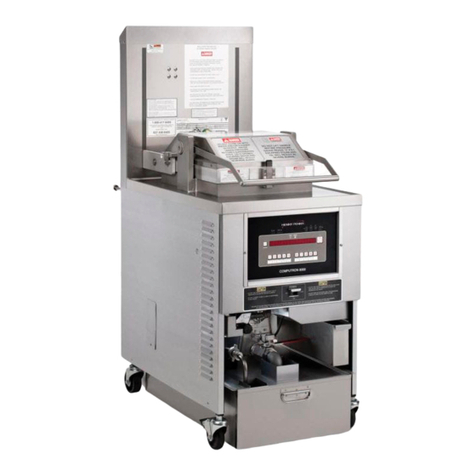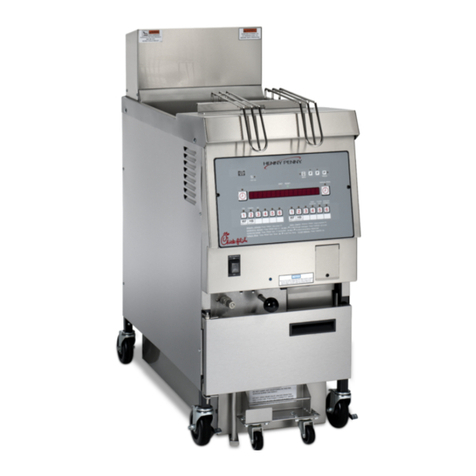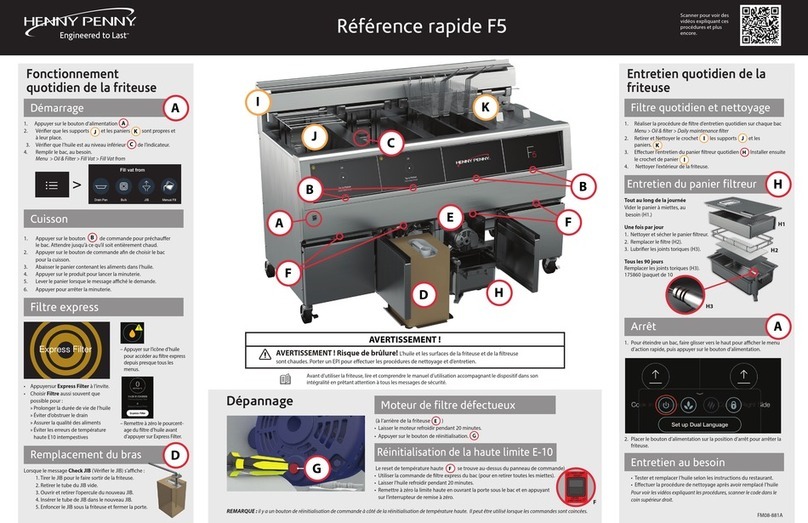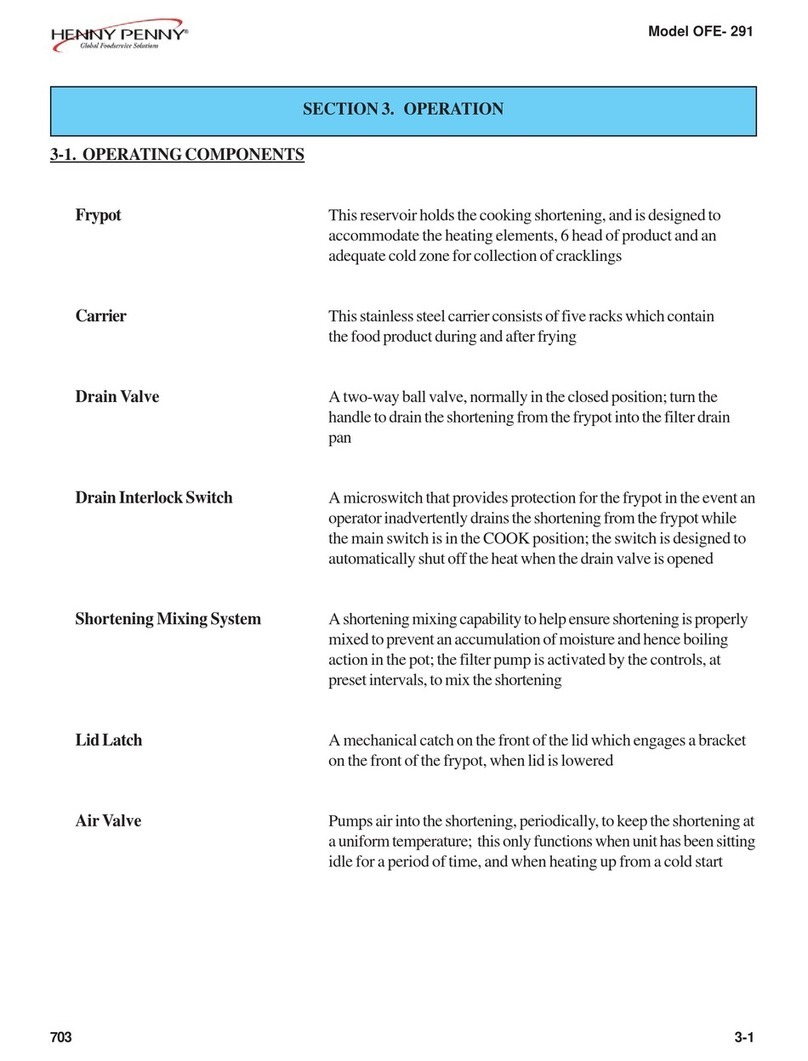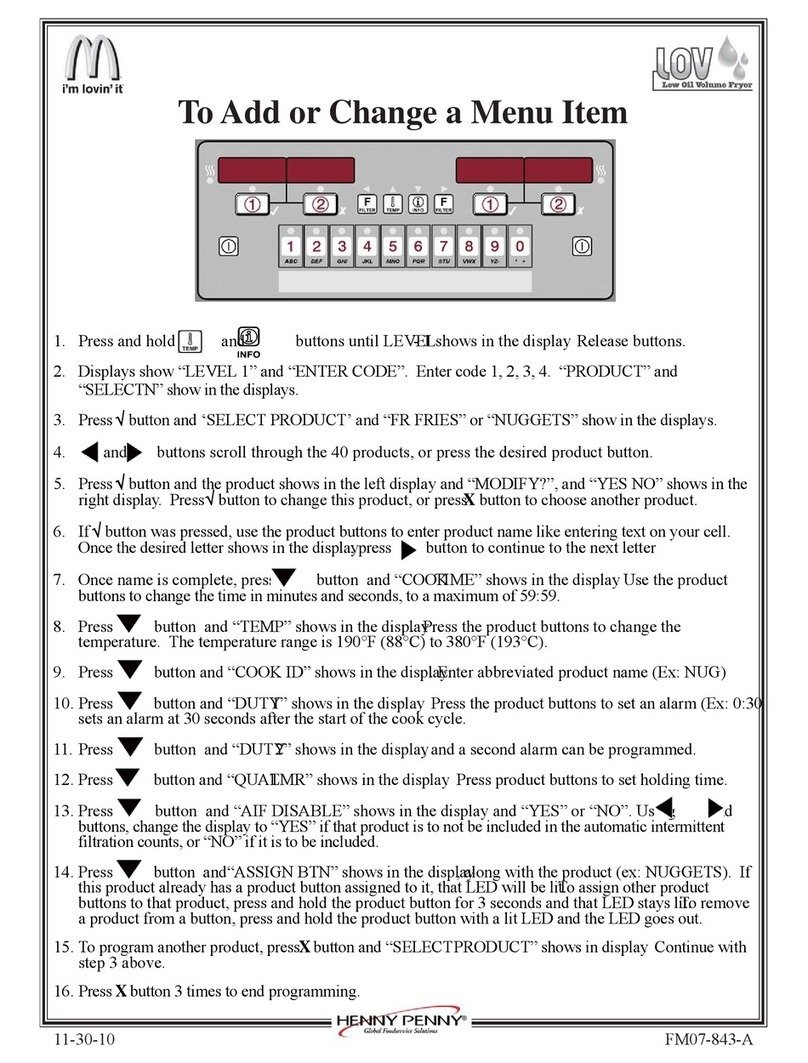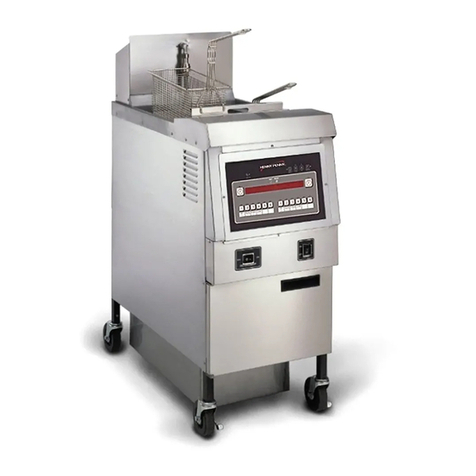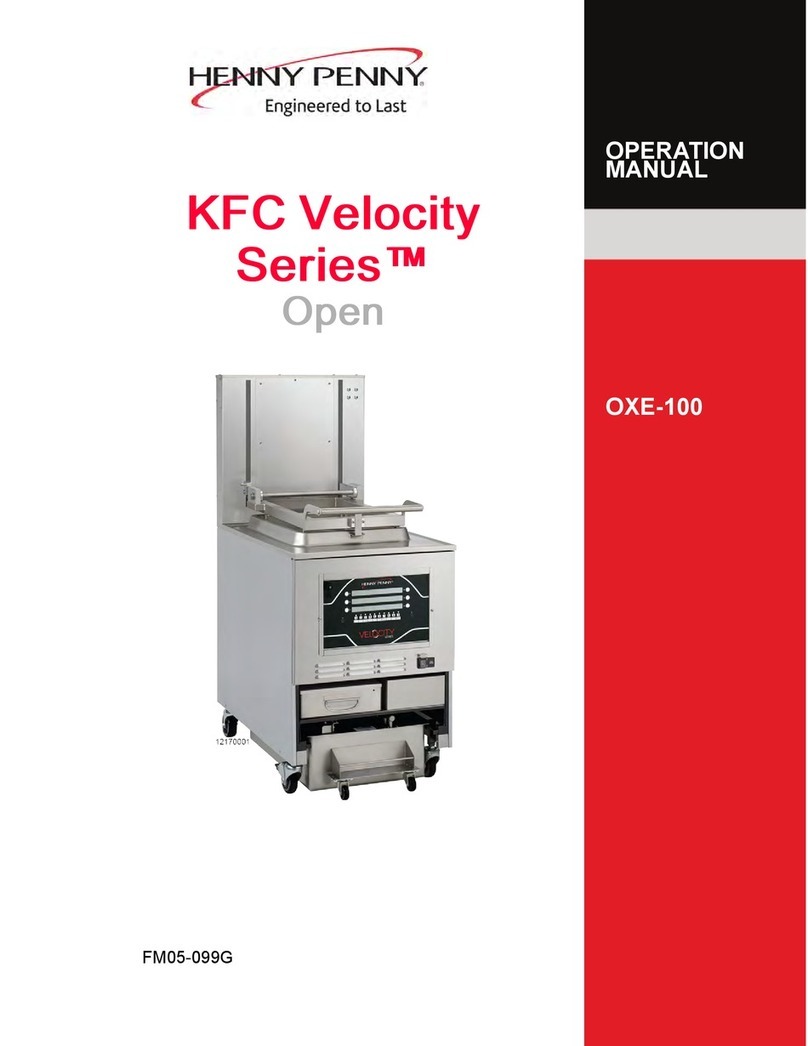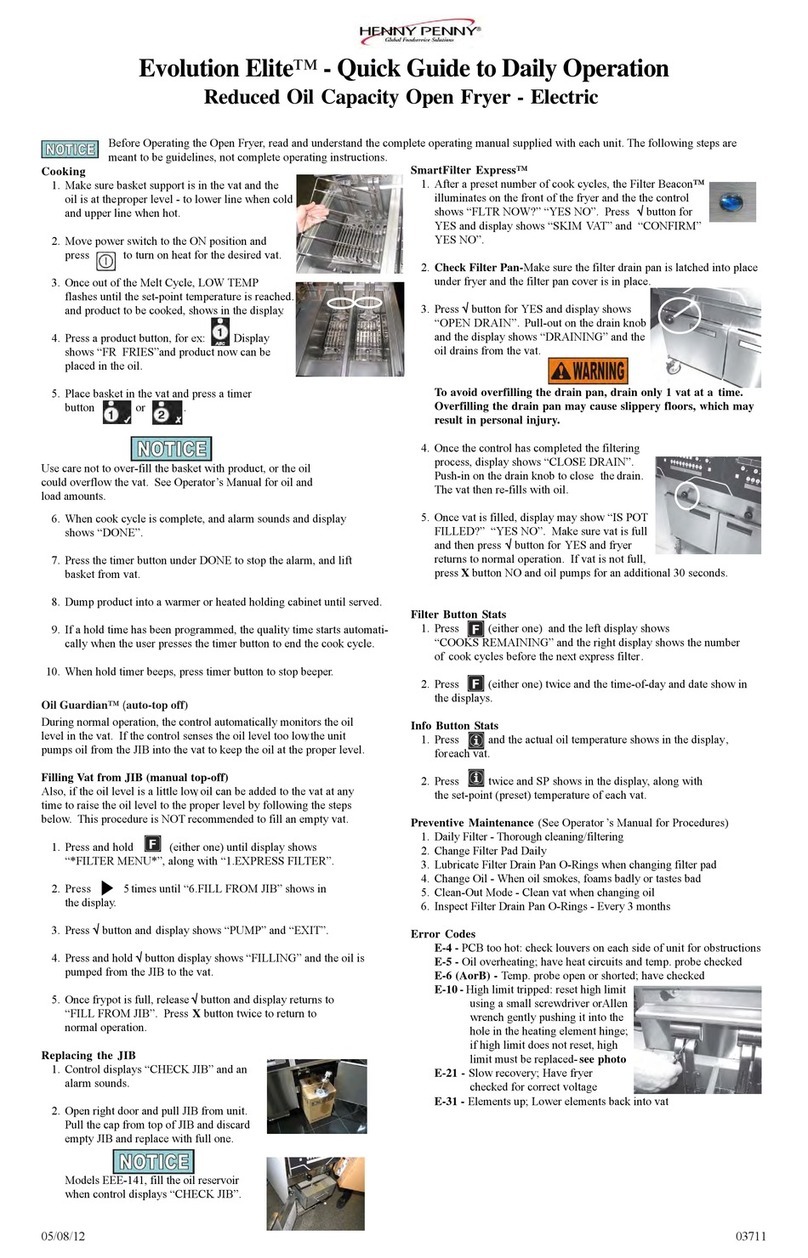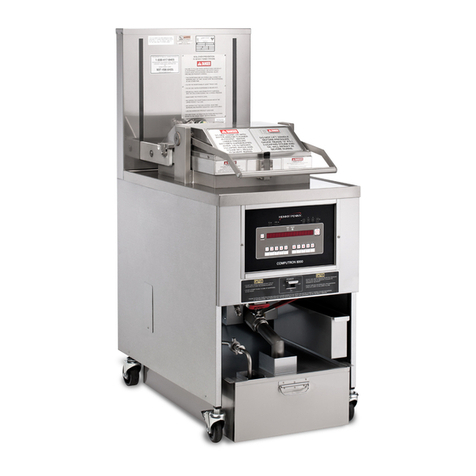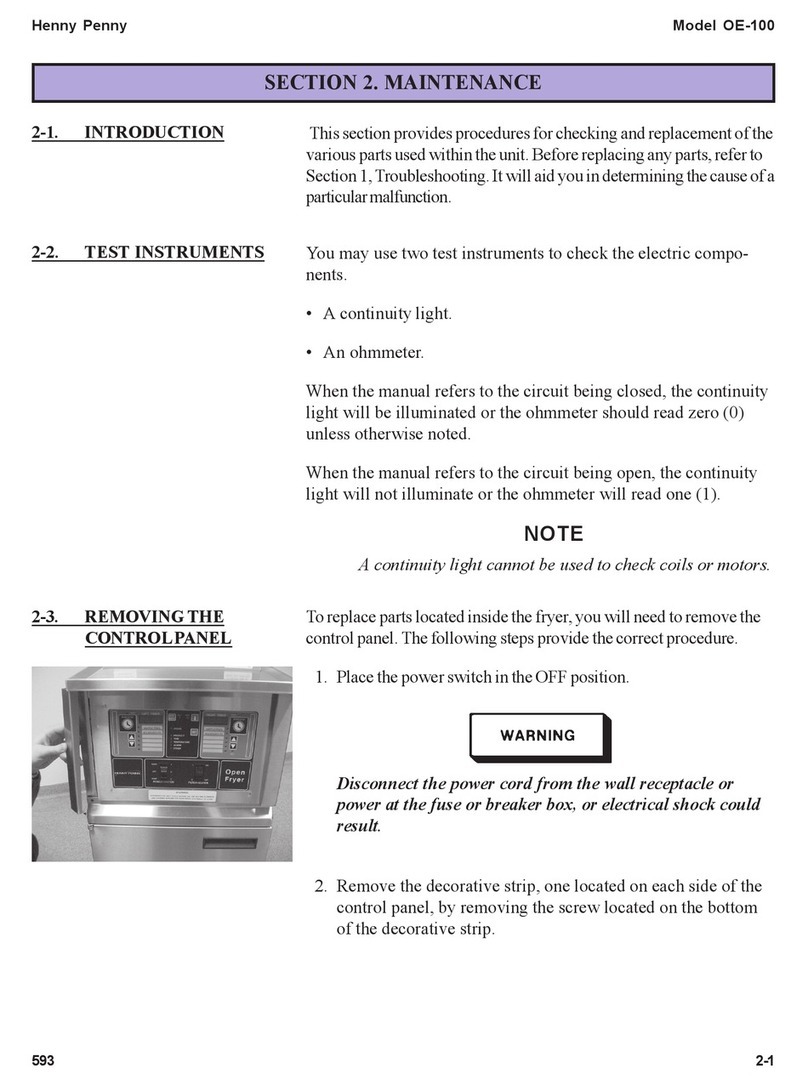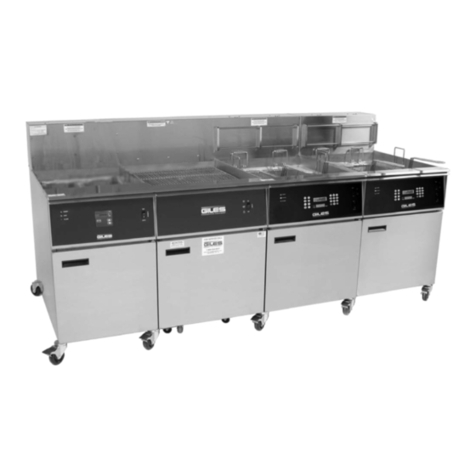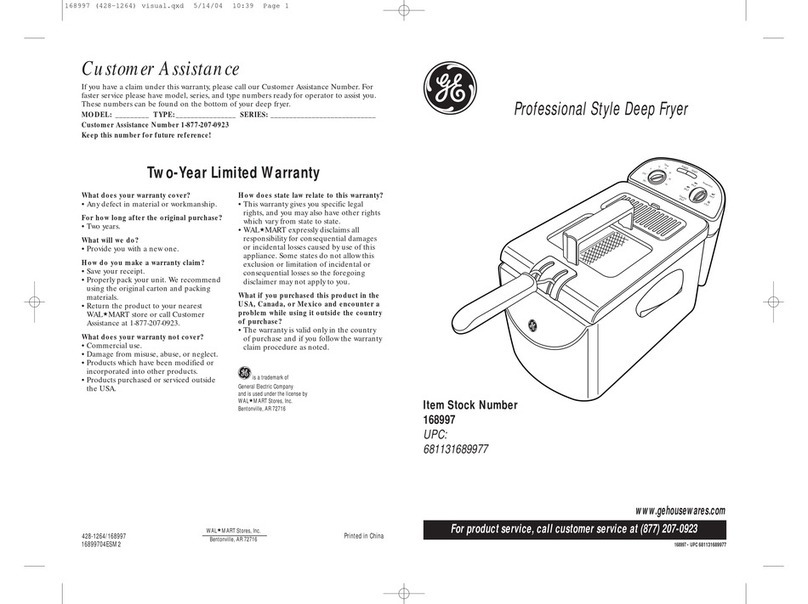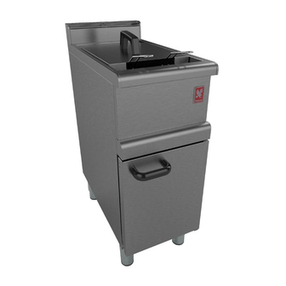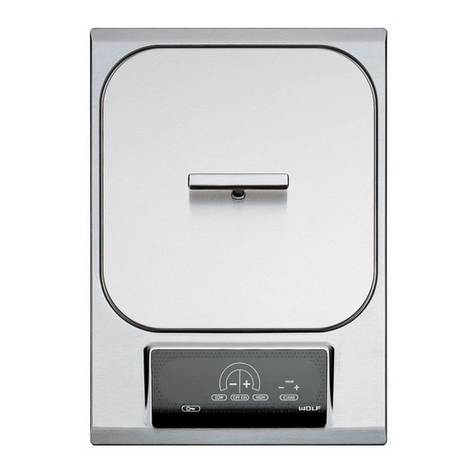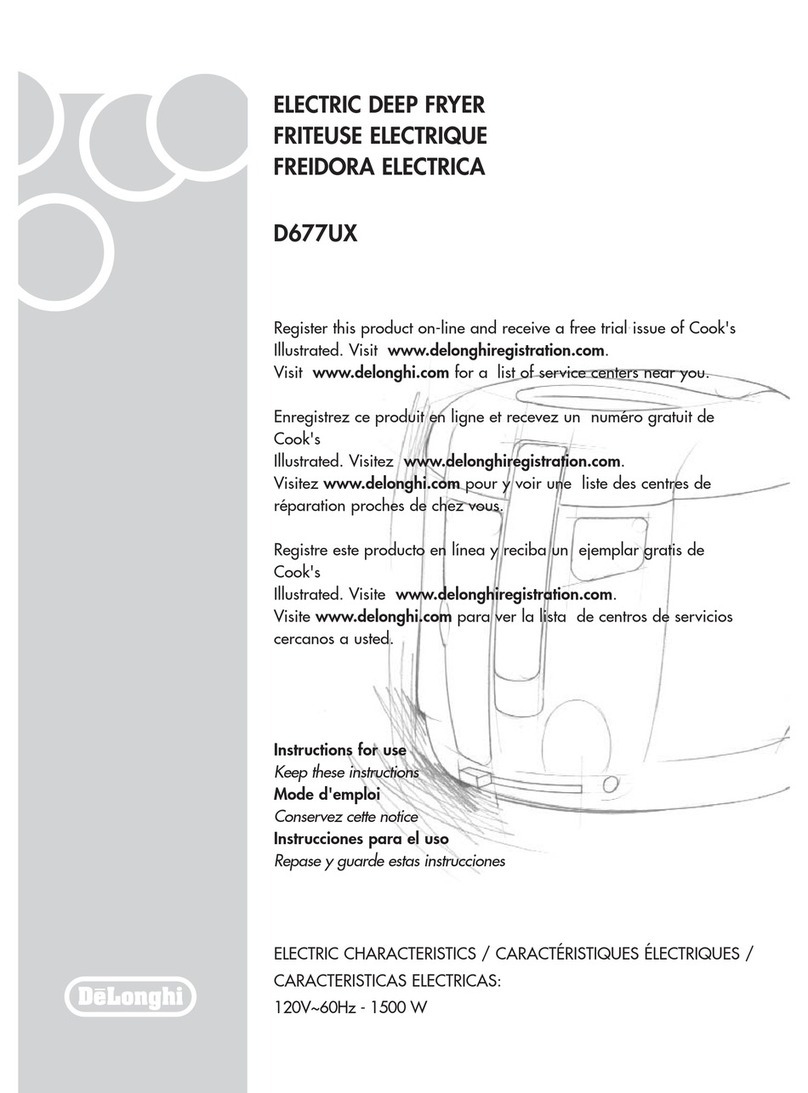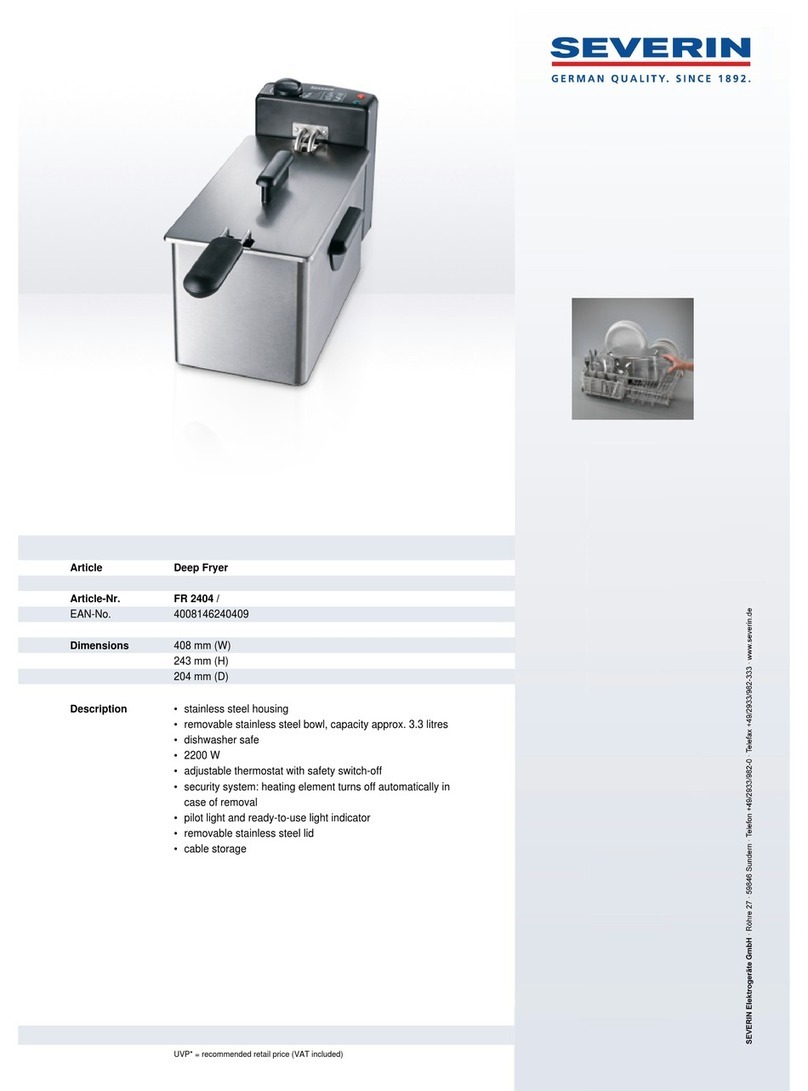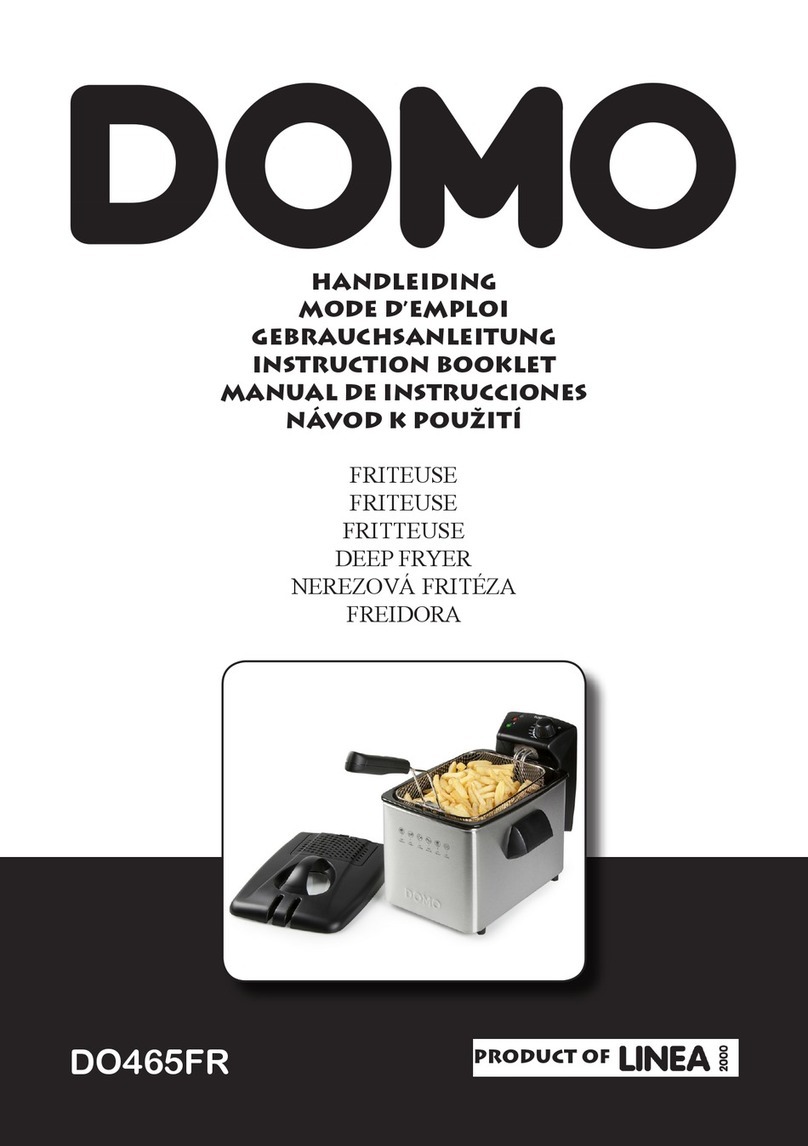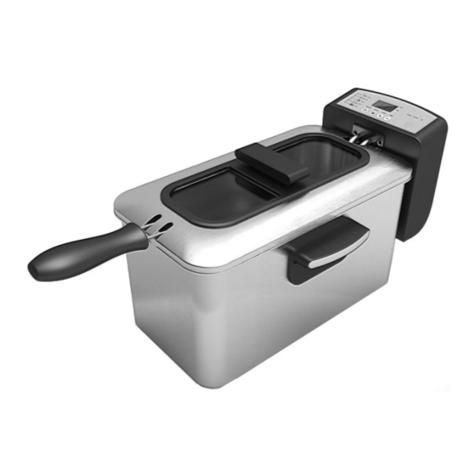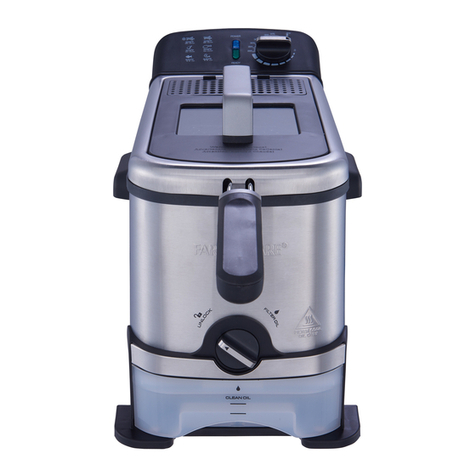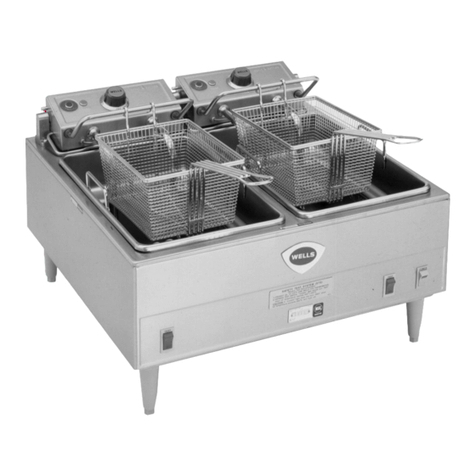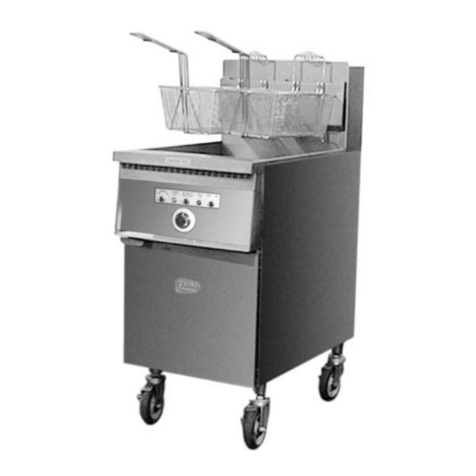
Contents
ii
6.1 Info Mode ............................................................................................................33
6.1.1 Filter Stats.....................................................................................................33
6.1.2 Review Usage ...............................................................................................33
6.1.3 Last Load ......................................................................................................34
Chapter 7 Maintenance .................................................................................................35
7.1 Introduction .........................................................................................................35
7.2 Maintenance Hints ...............................................................................................35
7.3 Preventative Maintenance ....................................................................................35
7.4 Control Panel & Menu Card Replacement ..............................................................35
7.4.1 Control Panel Replacement ............................................................................36
7.4.2 Menu Card Replacement................................................................................36
7.5 High Temperature Limit System.............................................................................37
7.5.1 Checkout.......................................................................................................37
7.5.2 Replacement .................................................................................................39
7.6 Electric Heating Elements.....................................................................................39
7.6.1 Replacement .................................................................................................41
7.6.2 Reassembly ..................................................................................................42
7.7 Breakers .............................................................................................................43
7.7.1 Checkout.......................................................................................................43
7.7.2 Replacement .................................................................................................44
7.8 Main Power Switch...............................................................................................44
7.8.1 Checkout.......................................................................................................45
7.9 Temperature Probe Replacement..........................................................................45
7.9.1 Checkout.......................................................................................................45
7.9.2 Replacement .................................................................................................47
7.10 Oil Level Probes.................................................................................................49
7.10.1 Checkout Oil Level Probe .............................................................................50
7.10.2 Replacement Of Oil Level Probe ...................................................................50
7.11 Element Sense Switch ........................................................................................53
7.11.1 Checkout .....................................................................................................53
7.11.2 Replacement ...............................................................................................53
7.12 Contactors.........................................................................................................54
7.12.1 Checkout.....................................................................................................55
7.12.2 Replacement ...............................................................................................56
7.13 Selector Valve....................................................................................................57
7.13.1 Motor Replacement......................................................................................57
7.13.2 Switches Replacement .................................................................................59
7.13.3 Valve Assembly Replacement .......................................................................60
7.14 Drain Valves ......................................................................................................62
7.14.1 Manual Operation Of Drain Valve ..................................................................62
7.14.2 Replacement ...............................................................................................64
7.15 Filter Pump & Motor............................................................................................66
7.15.1 Cleaning the Filter Pump ..............................................................................66
7.15.2 Resetting Thermal Overload Switch...............................................................67
7.15.3 Replacing the Filter Pump and Motor Assembly..............................................67
7.15.4 Replace Pump On Motor ..............................................................................68
7.15.5 Adjust Pump & Motor Assembly Position........................................................69
7.16 JIB Pump...........................................................................................................70
7.16.1 Replacement ...............................................................................................70
7.17 AIF PC Board.....................................................................................................70
7.17.1 Replacement ...............................................................................................70
7.18 Transformers .....................................................................................................71


